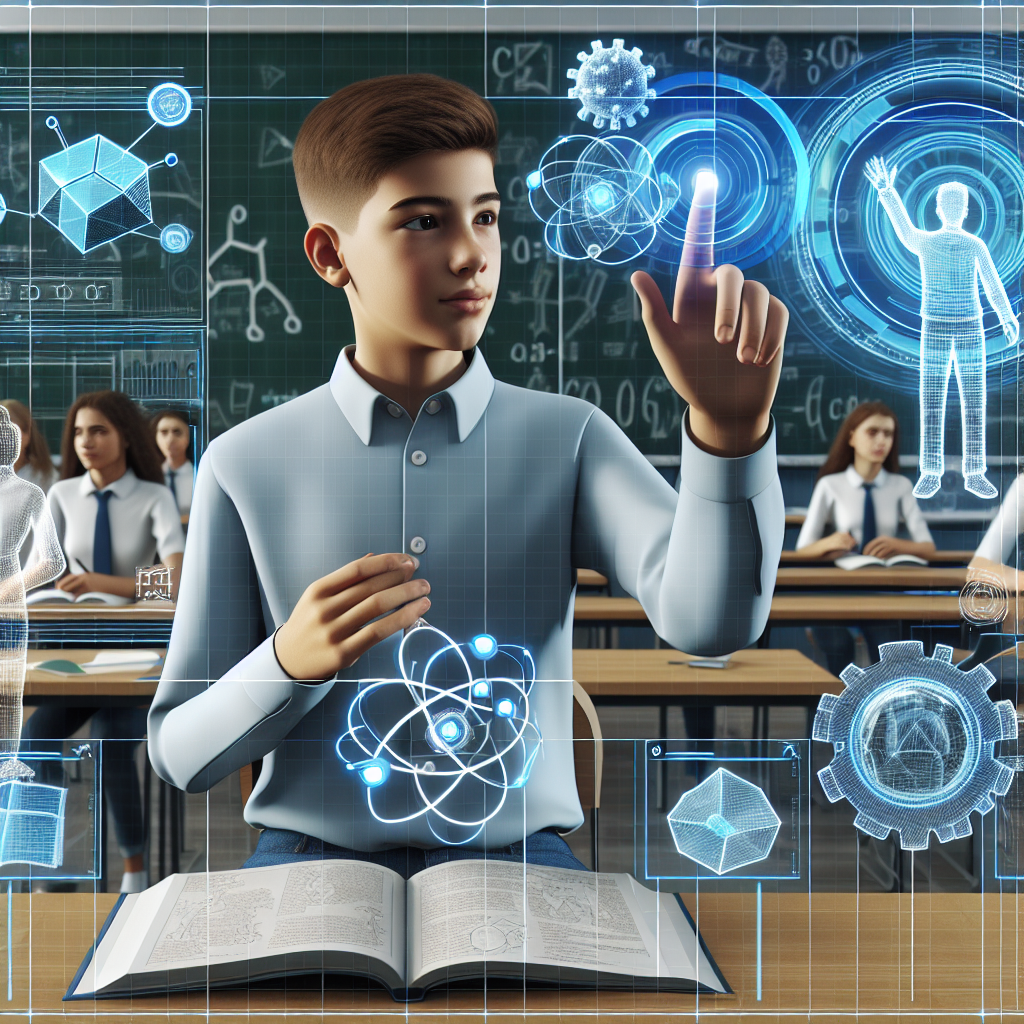The Role of Augmented Reality in Education and Training
Augmented reality (AR) is a technology that superimposes computer-generated images, videos, or animations onto the real world, enhancing the user’s perception of reality. While AR has gained popularity in the gaming and entertainment industries, its potential for revolutionizing education and training is becoming increasingly recognized.
One of the main advantages of using AR in education and training is its ability to create immersive and interactive learning experiences. By overlaying digital content onto the physical environment, AR can make abstract concepts more tangible and easier to understand. For example, students studying anatomy can use AR to visualize and interact with 3D models of the human body, allowing them to explore different organs and systems in a more engaging way.
AR can also provide personalized learning experiences by adapting to the individual needs and preferences of each student. By tracking the user’s movements and interactions with the AR content, educators can assess their progress and provide real-time feedback and support. This level of customization can help students learn at their own pace and in a way that best suits their learning style.
In addition, AR can be a powerful tool for hands-on training in various industries, such as healthcare, manufacturing, and engineering. For example, medical students can practice surgical procedures in a simulated AR environment, allowing them to hone their skills and gain practical experience before working with real patients. Similarly, employees in manufacturing plants can use AR to learn how to operate complex machinery and equipment safely and efficiently.
Furthermore, AR can enhance collaboration and communication among learners and instructors. By sharing the same AR environment, students can work together on projects, solve problems, and engage in group discussions, regardless of their physical location. This can foster a sense of community and teamwork, as well as improve communication skills and critical thinking abilities.
As technology continues to advance, the role of AR in education and training will only continue to grow. By providing immersive, interactive, and personalized learning experiences, AR has the potential to transform the way we teach and learn, making education more engaging, effective, and accessible for all.


